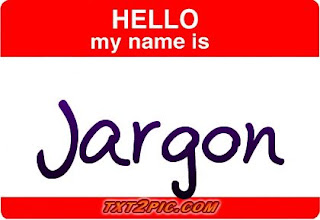
1. How to open a can of food with a knife
Place the knife straight down on the top of the can, with the tip of the blade resting where you want to make your puncture. Choose your location carefully; the farther from the edge you are, the easier it will be to puncture the can, but the harder it will be to get the food out once open. Whack the handle of the knife with a blunt object (another can works). It takes less pressure than you would think. Once you’ve pierced the can, saw at an angle through the can to get the kind of hole you want.
Note: This will make your knife very dull, and you can’t do it with a penknife.
2. How to bathe in 3 liters of water
Fill two 2.5 liter bottles with water. Sit crouched or cross legged in your bathing location. Drizzle half a liter of water over yourself until you’re wet. Lather with soap as needed. Rinse yourself (drizzling again) with the other half of the bottle. The pour half the second bottle onto your head, wetting your hair. Do your face, too. Lather with shampoo. Rinse with the second half of the bottle. Stand up, rub a small amount of conditioner through your hair of you need it. Do not rinse out the conditioner – that is why you only use a tiny bit.
Note: The key here is pouring water from your bottles very gently, so that all the water you pour out is use to wet or rinse. If you just dump the water around willy-nilly, you will run out.
3. How to eat food you hate
Cut the offending food into the smallest possible pieces. Put it in your mouth, one piece at a time. Do not chew; swallow the piece whole. Put ketchup on whatever it is if possible.
Note: You need a lot of beverage to really make this work, but it really helps a lot with life’s truly gross foods, and it is subtle enough not to offend the cheerful host who just filled your plate.
4. How to light a gas oven
Start by looking into the oven ad finding the hole in the bottom where you can access the gas. Once you’ve done that, you can proceed in two different ways, depending on your tolerance for risk and what kind of hurry you are in:
a. Fastest, most risky: Close oven door. Turn on gas. Light cheap cardboard match (Do not use a wooden match). Open door, throw match into hole for gas, close door. Wait for “foom!” sound.
b. Much slower, much safer: Fill a cup with water and set it near the oven. Take a piece of paper, and twist it to make a taper. Light a candle. Open the oven door, stare in, and remove the bottom metal panel from the oven. Usually it just slides out. You will then see the gas tube snaking along the bottom of the oven.
Light the taper from the candle, turn the gas on, open the oven door, and then light the gas. You can put the taper anywhere along the tube to light, but toward the front of the oven is obviously safest. Extinguish the taper in your cup of water.
Notes: Yes, I generally use method A. If you’re using a taper, make sure you hold it at the very end – the whole point of making the taper is to stay as far from the flame as possible. You can light the gas with your candle, but wax drips everywhere. The cup of water may be overkill, but if you’re lighting the oven this way you have alredy proven you are a fraidy-cat. Why not be as safe as possible?
*********
(photo credit: leff)
Chosen because it included both cans and gross food.






